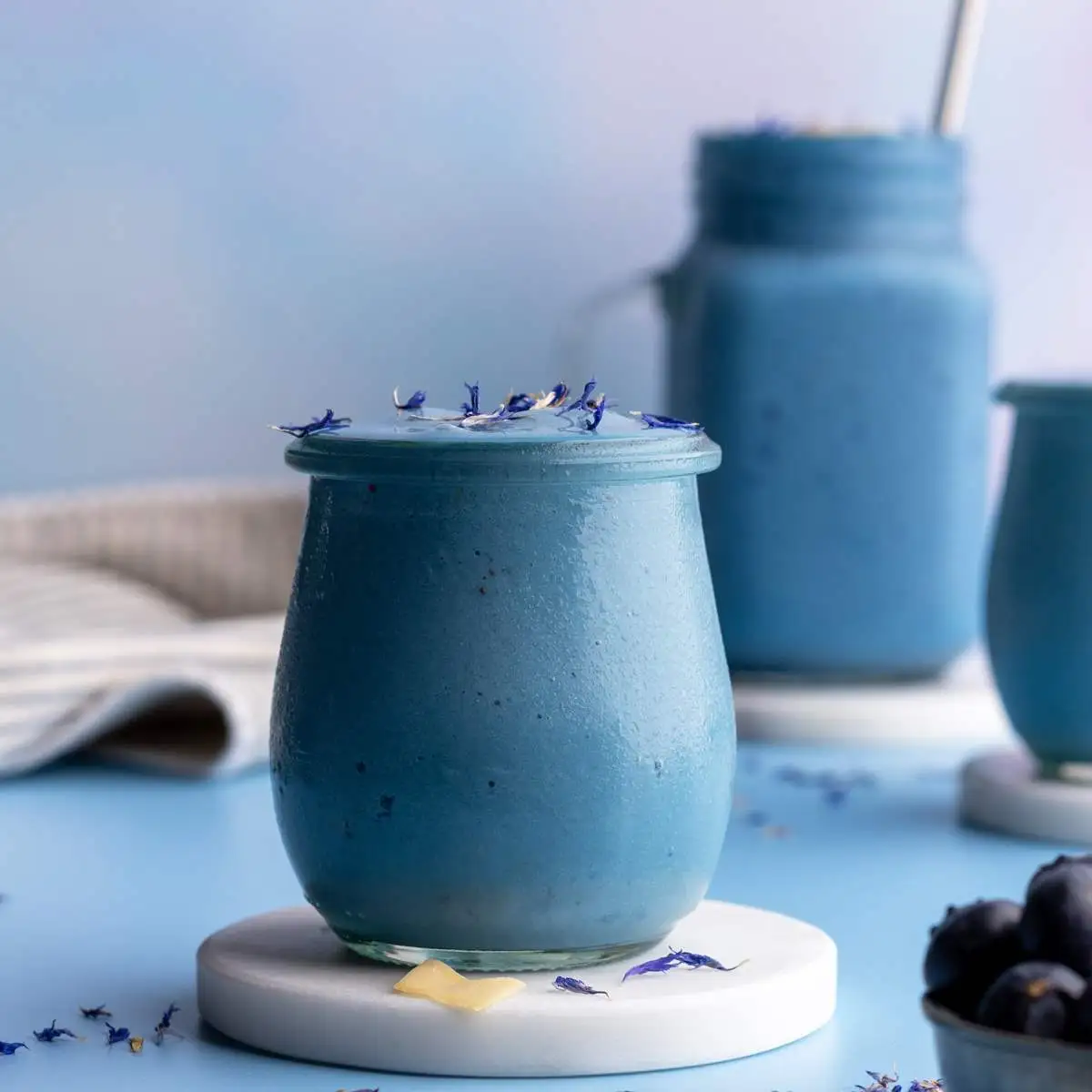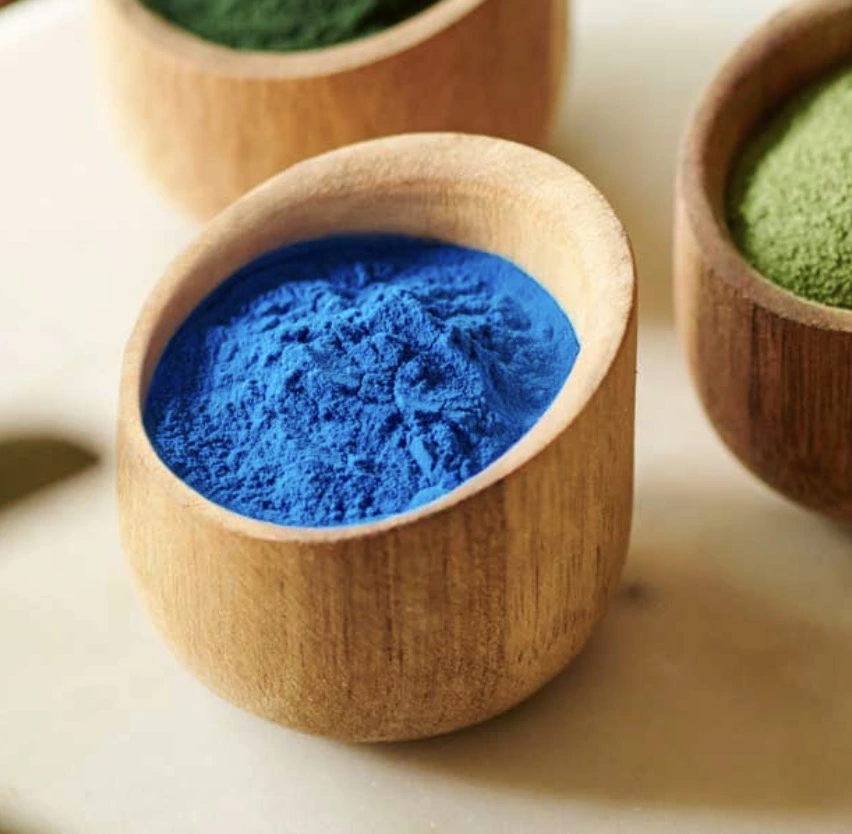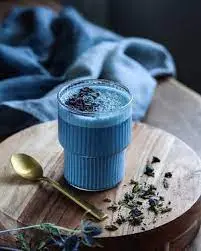How does astaxanthin's source affect its bioactivity and benefits?
Astaxanthin, a powerful antioxidant carotenoid, has gained significant attention in the health and wellness industry. As an astaxanthin powder supplier, we often encounter questions about the impact of its source on its effectiveness. This article delves into the fascinating world of astaxanthin powder, exploring how its origin influences its bioactivity and potential health benefits.

Natural vs synthetic astaxanthin powder effects
The source of astaxanthin plays a crucial role in determining its efficacy and overall impact on health. Let's examine the key differences between natural and synthetic astaxanthin powder.
Chemical structure and composition
Natural astaxanthin, derived primarily from microalgae like Haematococcus pluvialis, possesses a unique chemical structure. It contains a mixture of stereoisomers, predominantly the (3S,3'S) configuration. This specific arrangement contributes to its superior antioxidant properties. Synthetic astaxanthin, on the other hand, consists of a racemic mixture of stereoisomers, including (3S,3'S), (3R,3'S), (3S,3'R), and (3R,3'R) in equal proportions. This structural difference impacts the molecule's ability to interact with cellular components and exert its beneficial effects.
Esterification and bioavailability
One of the most significant distinctions between natural and synthetic astaxanthin lies in their esterification status. Natural astaxanthin is predominantly found in its esterified form, where fatty acids are attached to the molecule. This esterification enhances stability and improves bioavailability. Synthetic astaxanthin lacks this esterification, potentially reducing its absorption and effectiveness in the body. The esterified form of natural astaxanthin allows for better integration into cell membranes and improved cellular uptake.
Antioxidant potency
Studies have consistently shown that natural astaxanthin powder exhibits superior antioxidant activity compared to its synthetic counterpart. Research indicates that natural astaxanthin can be up to 20 times more potent in neutralizing free radicals. This enhanced antioxidant capacity translates to more effective protection against oxidative stress and related cellular damage. The unique stereochemistry and esterification of natural astaxanthin contribute to its ability to span cell membranes and provide comprehensive antioxidant defense.
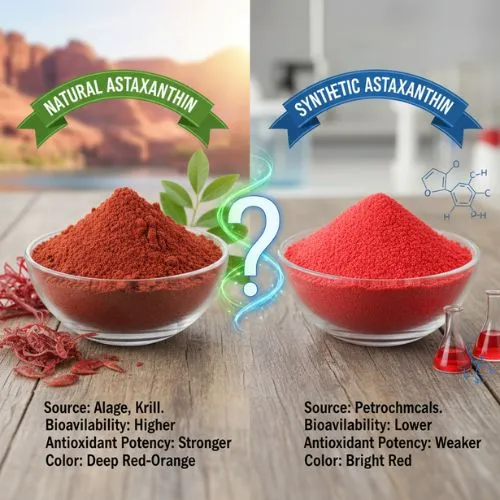
Why microalgae astaxanthin offers higher bioactivity?
Microalgae, particularly Haematococcus pluvialis, stand out as the premier source of natural astaxanthin. The astaxanthin produced by these organisms offers several advantages that contribute to its enhanced bioactivity.
Evolutionary adaptation and stress response
Haematococcus pluvialis has evolved to produce astaxanthin as a protective mechanism against environmental stressors. When exposed to harsh conditions like intense sunlight, nutrient deprivation, or temperature fluctuations, these microalgae accumulate astaxanthin in high concentrations. This evolutionary adaptation results in a potent form of astaxanthin specifically designed to combat oxidative stress. The astaxanthin synthesized by these microalgae is, therefore, inherently more effective in neutralizing free radicals and protecting cellular structures.
Synergistic phytonutrients
Microalgae-derived astaxanthin is not isolated but exists within a complex matrix of other beneficial compounds. These include additional carotenoids, essential fatty acids, vitamins, and minerals. This natural combination creates a synergistic effect, enhancing the overall bioactivity of astaxanthin. The presence of these co-factors can improve absorption, stability, and the biological effects of astaxanthin in the body. This synergy is absent in synthetic astaxanthin, which lacks the accompanying phytonutrients found in natural sources.
Cellular uptake and distribution
The astaxanthin produced by microalgae demonstrates superior cellular uptake and distribution compared to synthetic versions. The natural esterification and stereochemistry of microalgae astaxanthin allow it to integrate more effectively into cell membranes. This improved incorporation enables astaxanthin to provide comprehensive protection to cellular structures, including lipids, proteins, and DNA. The enhanced cellular distribution of microalgae astaxanthin powder contributes to its higher bioactivity and more pronounced health benefits.

Choosing the right astaxanthin powder for health
Selecting the appropriate astaxanthin powder is crucial for maximizing its potential health benefits. Consider the following factors when choosing an astaxanthin supplement or ingredient for your products.
Source verification
Ensure that the astaxanthin powder is derived from a reputable source, preferably Haematococcus pluvialis microalgae. Look for suppliers who can provide detailed information about their cultivation and extraction processes. Verification of the astaxanthin source is essential for guaranteeing the quality and efficacy of the final product. As a trusted astaxanthin powder supplier, we prioritize transparency and traceability in our sourcing practices.
Concentration and purity
The concentration of astaxanthin in the powder is a critical factor in determining its potency. Higher concentrations typically offer more pronounced benefits. However, it's essential to balance concentration with purity. Look for astaxanthin powders that undergo rigorous testing to ensure they are free from contaminants and meet quality standards. Our astaxanthin powder is available in various concentrations, including 1%, 2%, 3%, 5%, and 10%, catering to different formulation needs while maintaining high purity levels.
Formulation compatibility
Consider the intended application of the astaxanthin powder when making your selection. Different formulations may require specific characteristics, such as solubility or stability under certain conditions. For example, water-dispersible astaxanthin powders may be more suitable for beverage applications, while oil-soluble versions might be preferred for softgel capsules. Our range of astaxanthin powders is designed to meet diverse formulation requirements, ensuring optimal performance in various product types.
Certifications and quality assurance
Choose astaxanthin powders that have undergone third-party testing and certification. Look for products that are FDA-approved, Kosher certified, and Halal certified. These certifications provide assurance of quality, safety, and compliance with regulatory standards. Our astaxanthin powder undergoes rigorous quality control measures and is certified by recognized international bodies, ensuring you receive a premium product that meets the highest industry standards.
Sustainability considerations
As the demand for astaxanthin continues to grow, it's important to consider the sustainability of its production. Opt for suppliers who employ environmentally friendly cultivation and extraction methods. Sustainable practices not only benefit the planet but can also contribute to the overall quality of the astaxanthin powder. Our commitment to sustainability extends throughout our production process, from algae cultivation to final product delivery.

Conclusion
The source of astaxanthin significantly influences its bioactivity and potential health benefits. Natural astaxanthin, particularly from microalgae sources, offers superior antioxidant potency, bioavailability, and cellular uptake compared to synthetic alternatives. When selecting an astaxanthin powder, consider factors such as source verification, concentration, purity, formulation compatibility, and certifications to ensure you're getting a high-quality product that delivers optimal results.
At Yangge Biotech, we specialize in providing premium Astaxanthin powder derived from natural sources. Our commitment to quality, sustainability, and innovation makes us your ideal partner for all your astaxanthin needs. Whether you're developing dietary supplements, functional foods, or cosmetic products, our range of astaxanthin powders can help you create outstanding formulations. To learn more about our products or discuss your specific requirements, please contact us at info@yanggebiotech.com.
FAQ
Q: Can we get some samples to test before purchasing?
A: Of course, we can provide free samples of 20 to 100 grams, but the shipping cost is at the customer's expense. The shipping cost can be deducted from the next order, or the samples can be sent through your courier account.
Q: Do your products have relevant certifications?
A: Yes, our products are certified for HALAL, ISO, HACCP, Kosher, and other certifications.
Q: What is the minimum order quantity (MOQ)?
A: Small batches of samples can be customized according to your requirements.
Q: Do you offer OEM and ODM services? Can the formula be customized based on our own?
A: Of course, we provide ODM and OEM services to many customers. Our product range includes softgels, capsules, tablets, sachets, granules, and private label services. Simply contact us and let us know your requirements. Our experienced R&D team can also develop new products with specific formulas.
Please contact us to design your own branded products.
Q: How do you handle quality complaints?
A: First, we have a comprehensive quality control SOP. We provide authoritative third-party inspection reports for almost all products before shipment to minimize the possibility of quality issues. Second, we have a comprehensive return and exchange procedure. If there is a genuine quality dispute, we will strictly follow the SOP.
Q: How do you ship? How long does delivery take?
A: For small orders, we typically use DHL, UPS, EMS, FedEx, or TNT. Delivery typically takes 3-7 days. We also offer air and sea freight services. We have a strong freight forwarding team and can provide you with a one-stop service, including DDP and DDU.
Q: What are your payment terms?
A: 100% prepayment, payable by T/T, Western Union, MoneyGram, or PayPal.
Q: What is the shelf life of your products?
A: 2 years with proper storage.
Q: Is the packaging environmentally friendly?
A: We attach great importance to environmental protection and are constantly improving our product packaging. Some products are packaged in recyclable paper. Packaging materials are carefully selected to ensure product safety during transportation and storage, and to minimize environmental impact. We are committed to achieving a balance between environmental friendliness and practicality in our product packaging, and to contributing to sustainable development.
References
1. Ambati, R. R., Phang, S. M., Ravi, S., & Aswathanarayana, R. G. (2014). Astaxanthin: Sources, extraction, stability, biological activities and its commercial applications—A review. Marine drugs, 12(1), 128-152.
2. Capelli, B., Bagchi, D., & Cysewski, G. R. (2013). Synthetic astaxanthin is significantly inferior to algal-based astaxanthin as an antioxidant and may not be suitable as a human nutraceutical supplement. Nutrafoods, 12(4), 145-152.
3. Fakhri, S., Abbaszadeh, F., Dargahi, L., & Jorjani, M. (2018). Astaxanthin: A mechanistic review on its biological activities and health benefits. Pharmacological research, 136, 1-20.
4. Guerin, M., Huntley, M. E., & Olaizola, M. (2003). Haematococcus astaxanthin: applications for human health and nutrition. Trends in biotechnology, 21(5), 210-216.
5. Zhang, L., & Wang, H. (2015). Multiple mechanisms of anti-cancer effects exerted by astaxanthin. Marine drugs, 13(7), 4310-4330.

Based on your location and order quantity, you will have the opportunity to receive a limited time free shipping promotion!
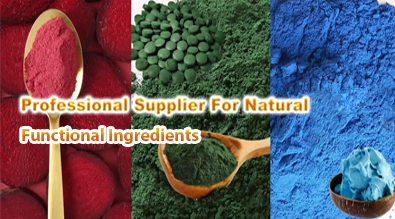
Who we are
